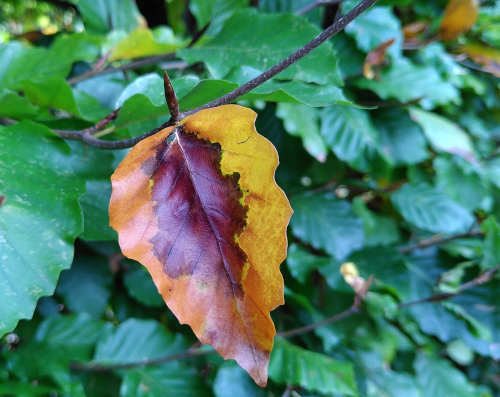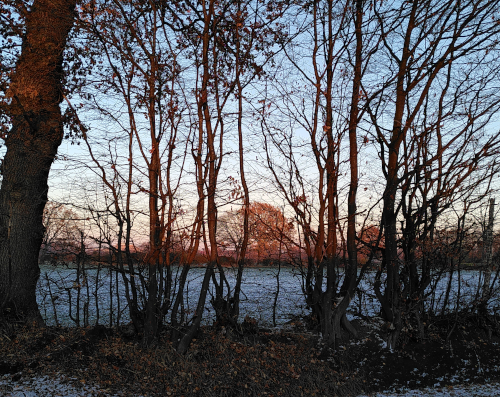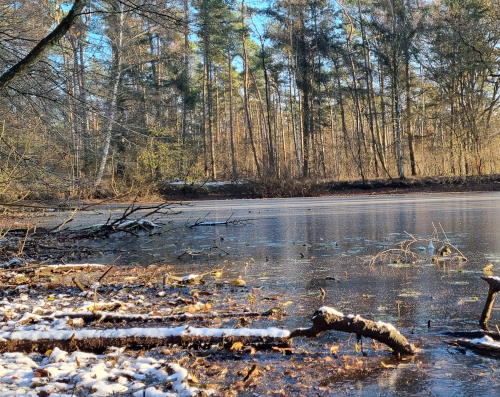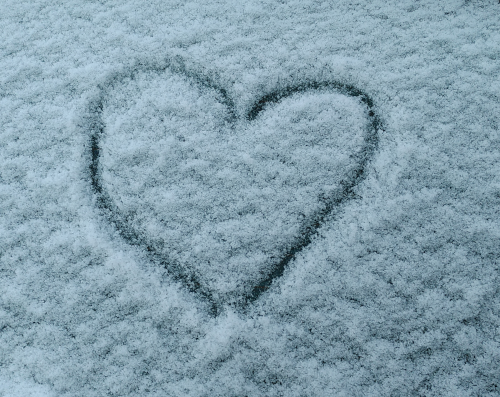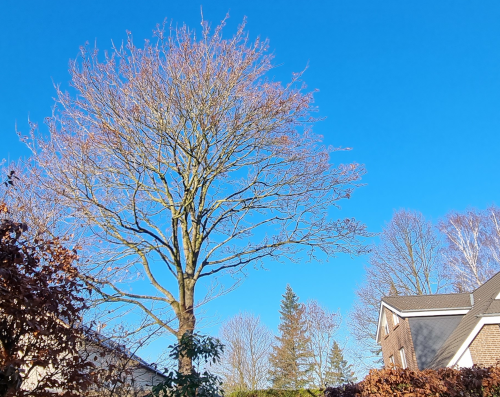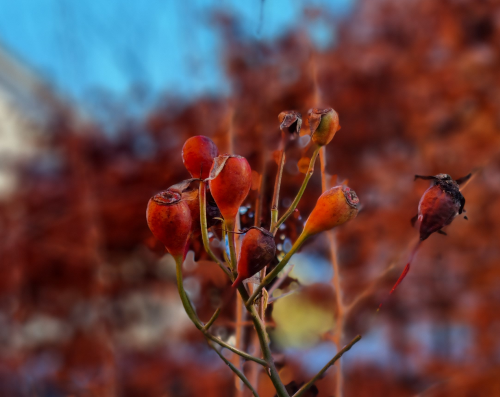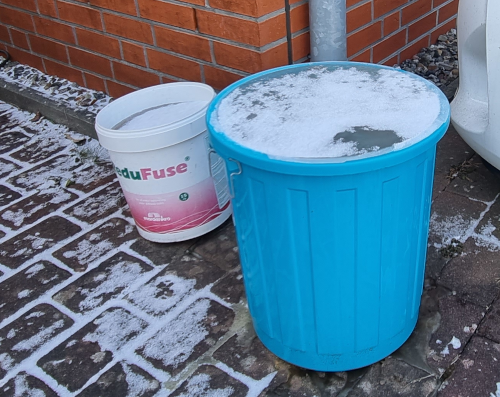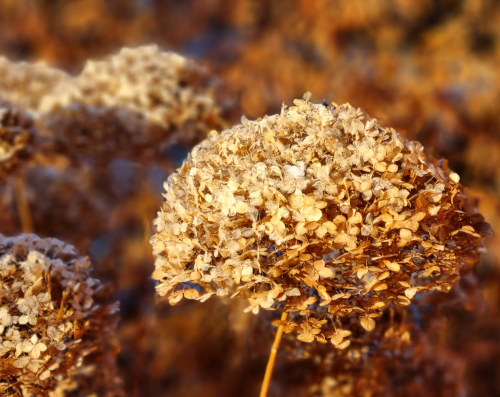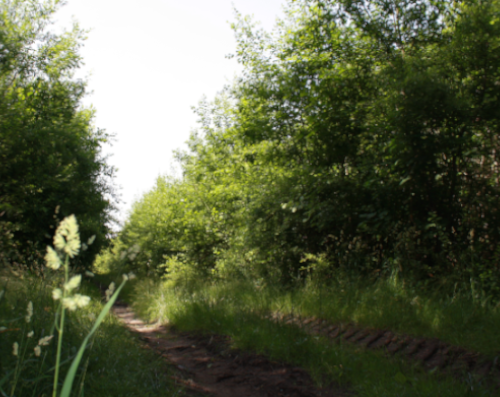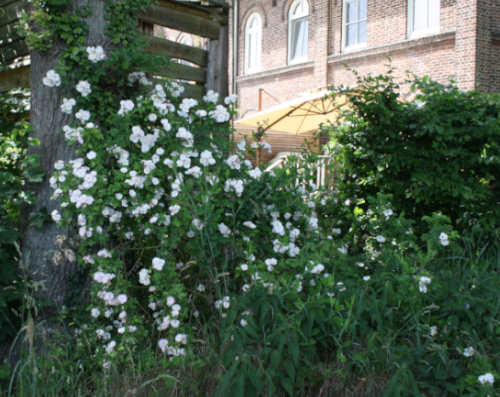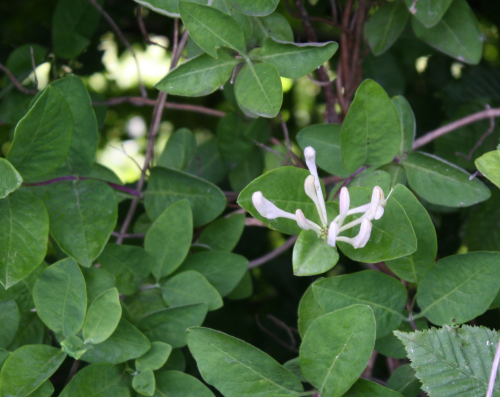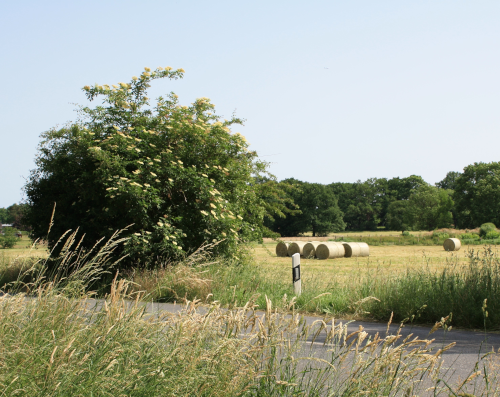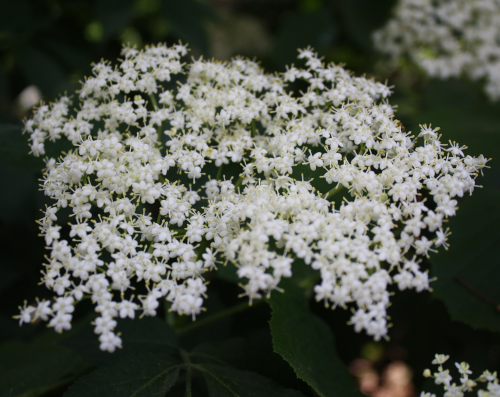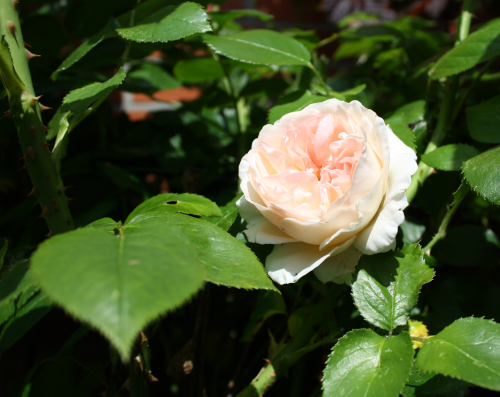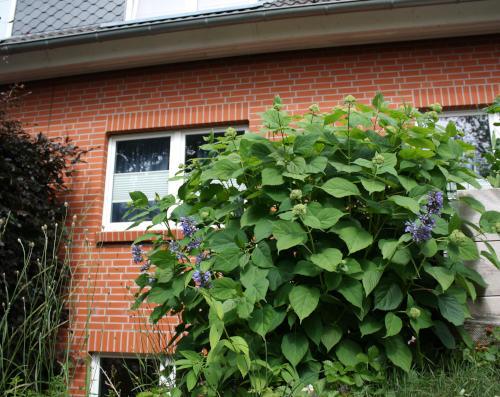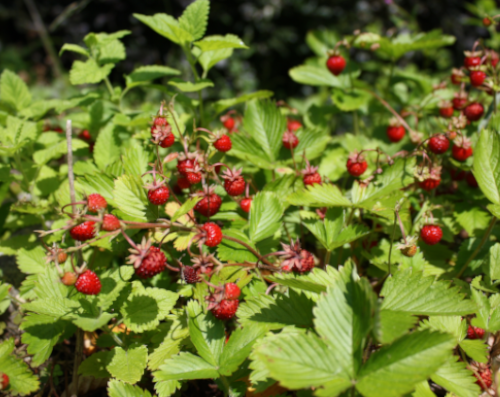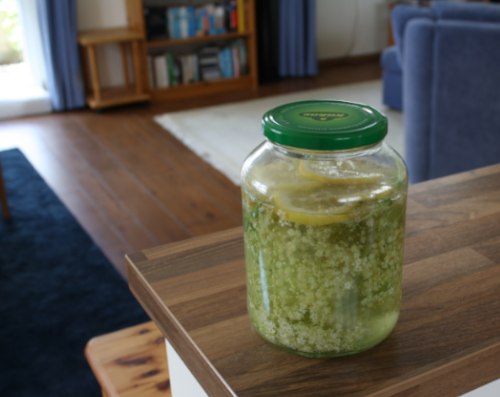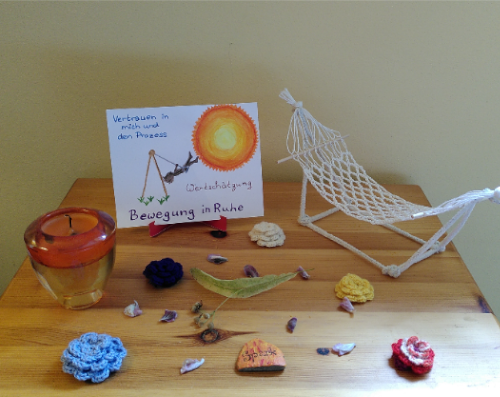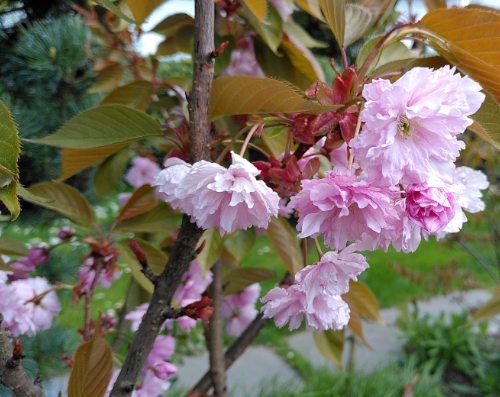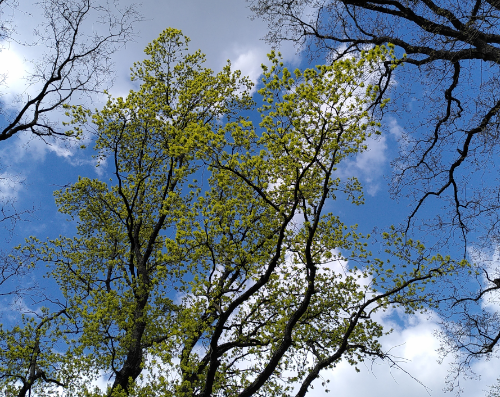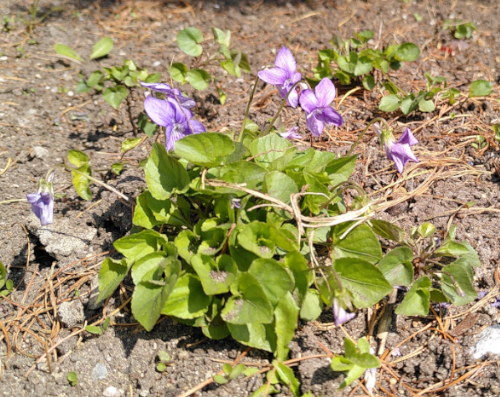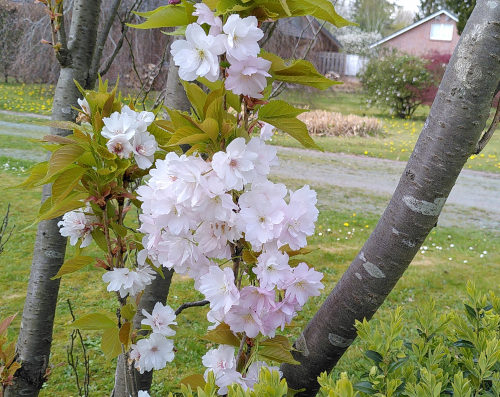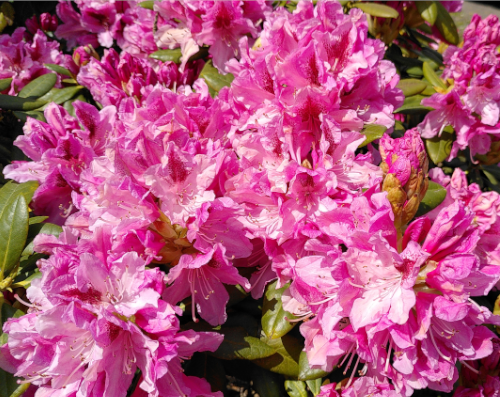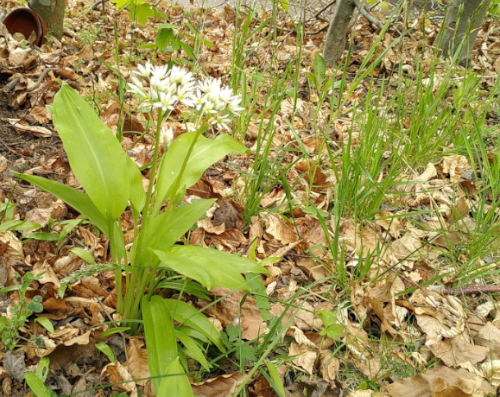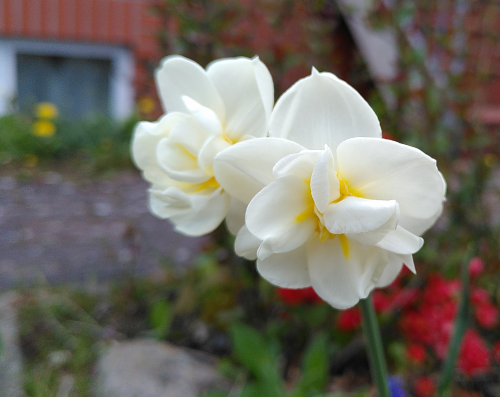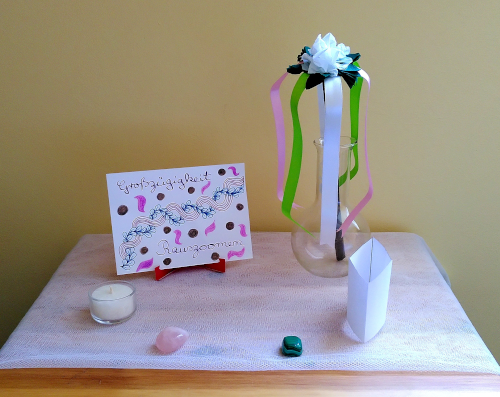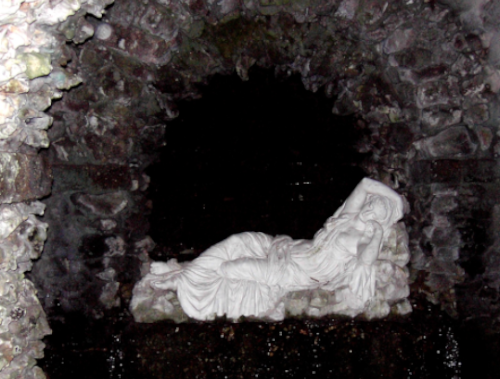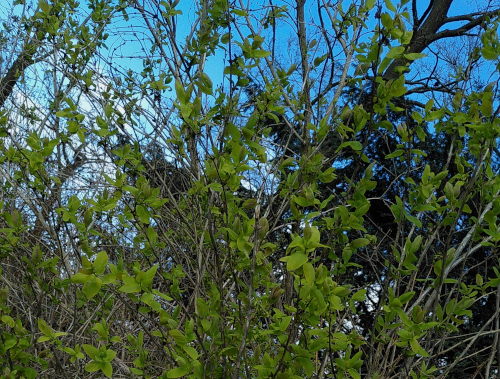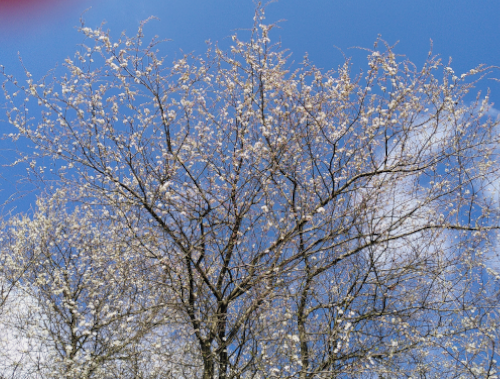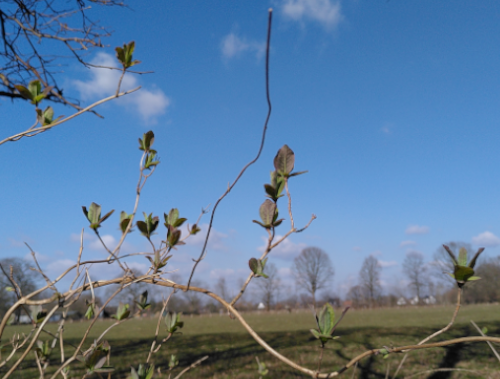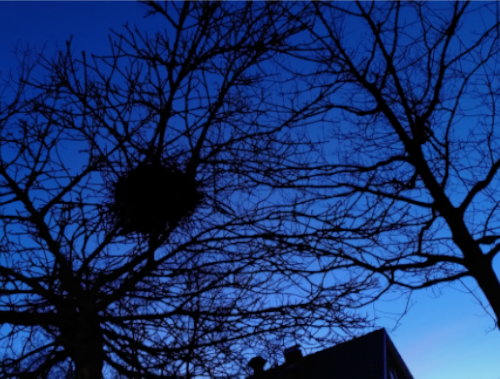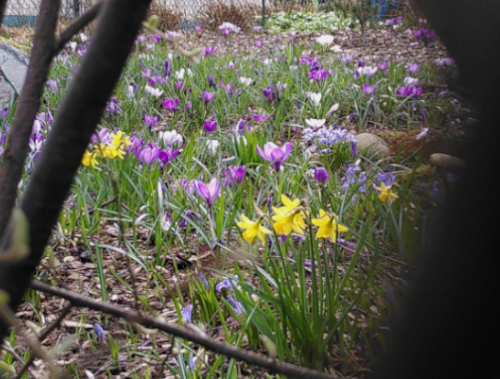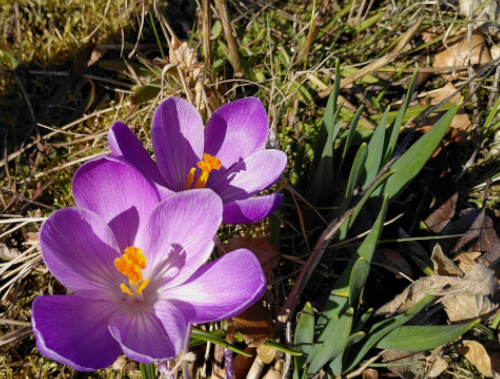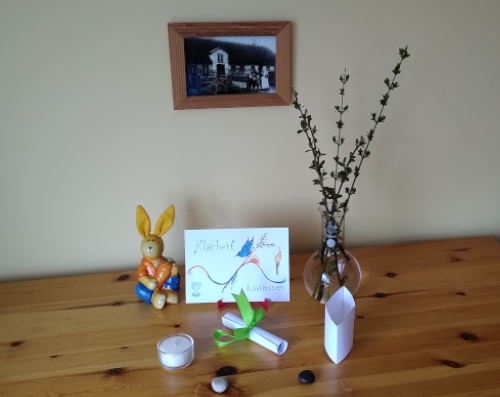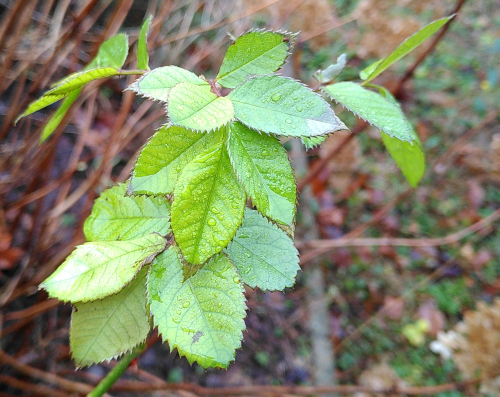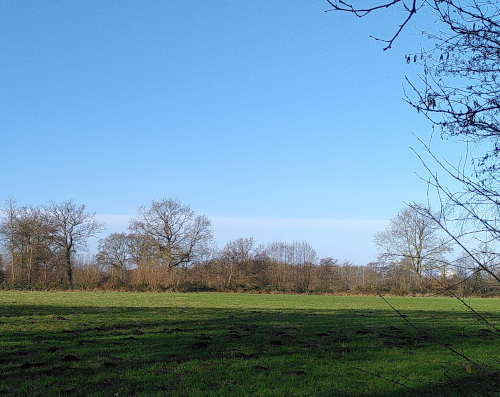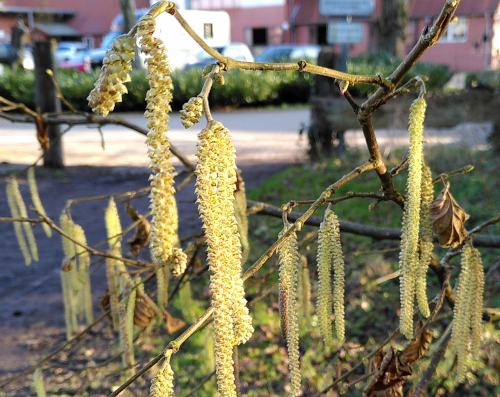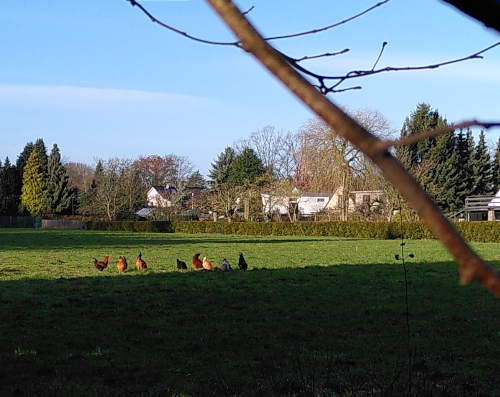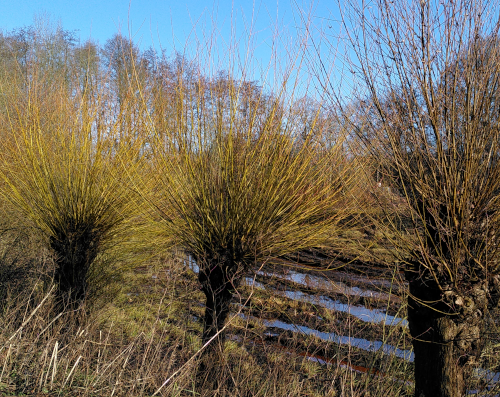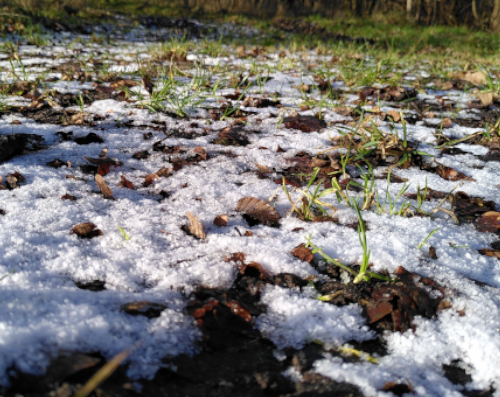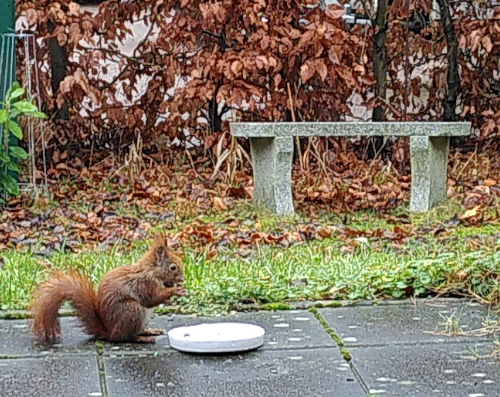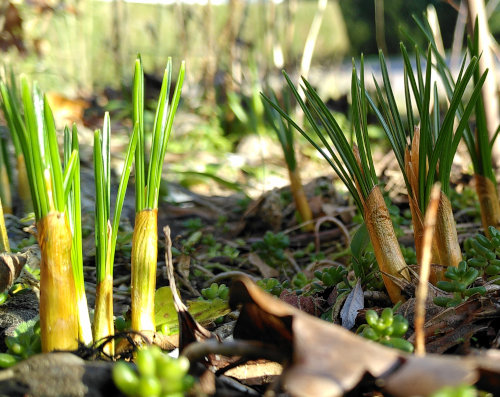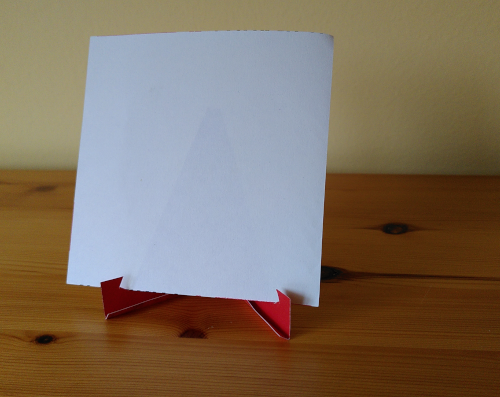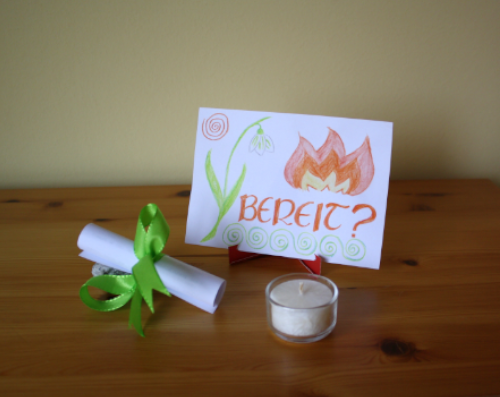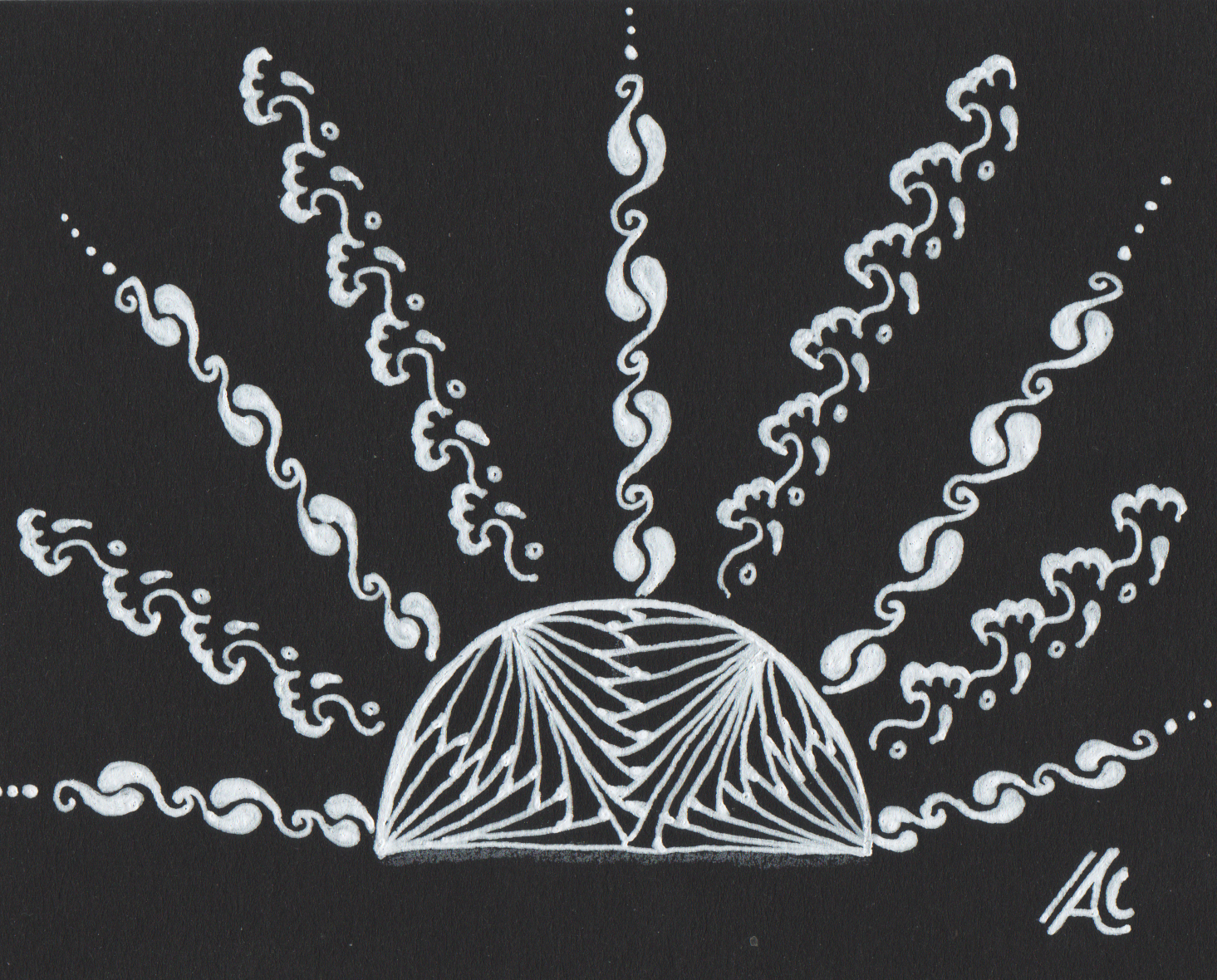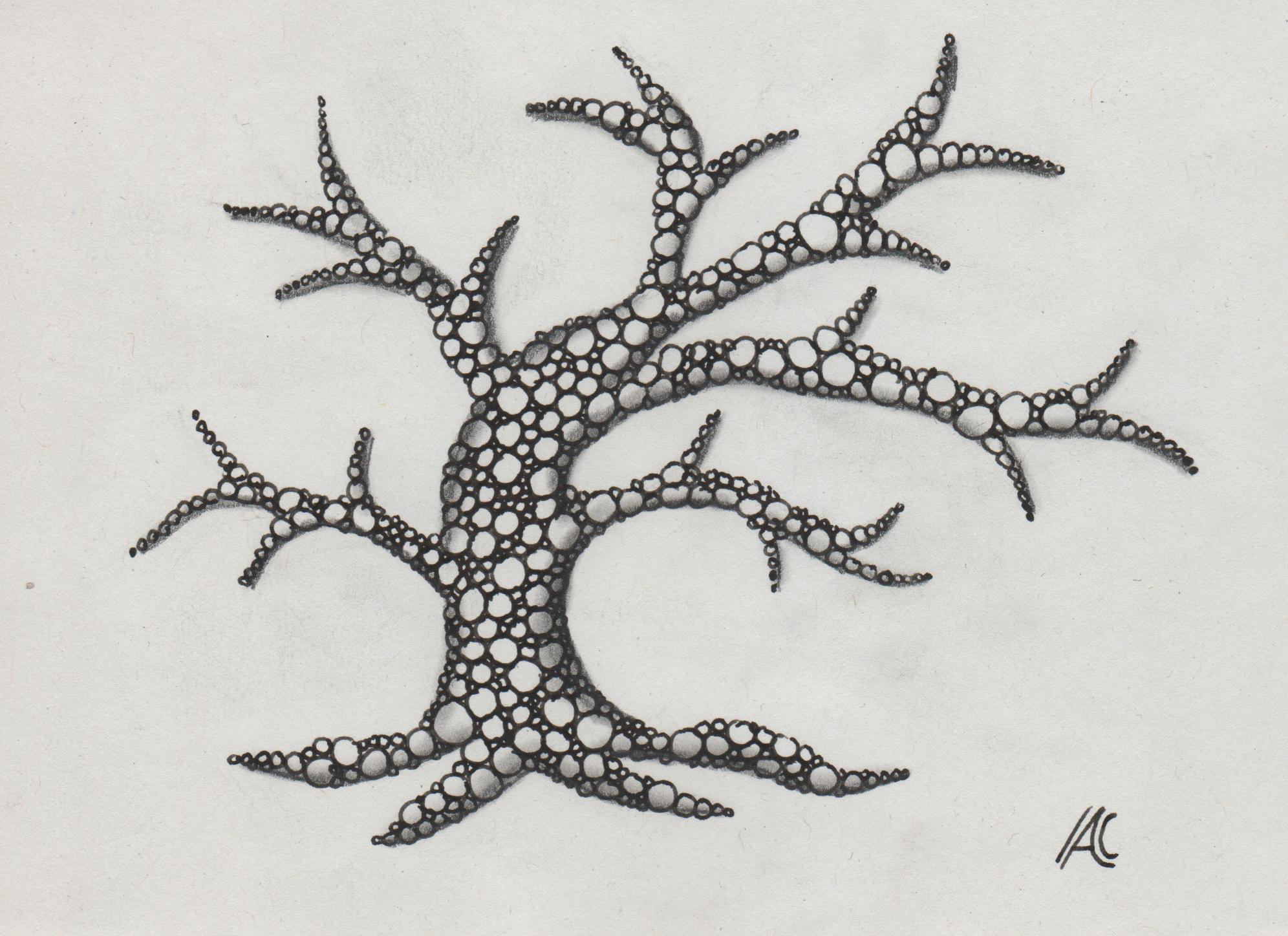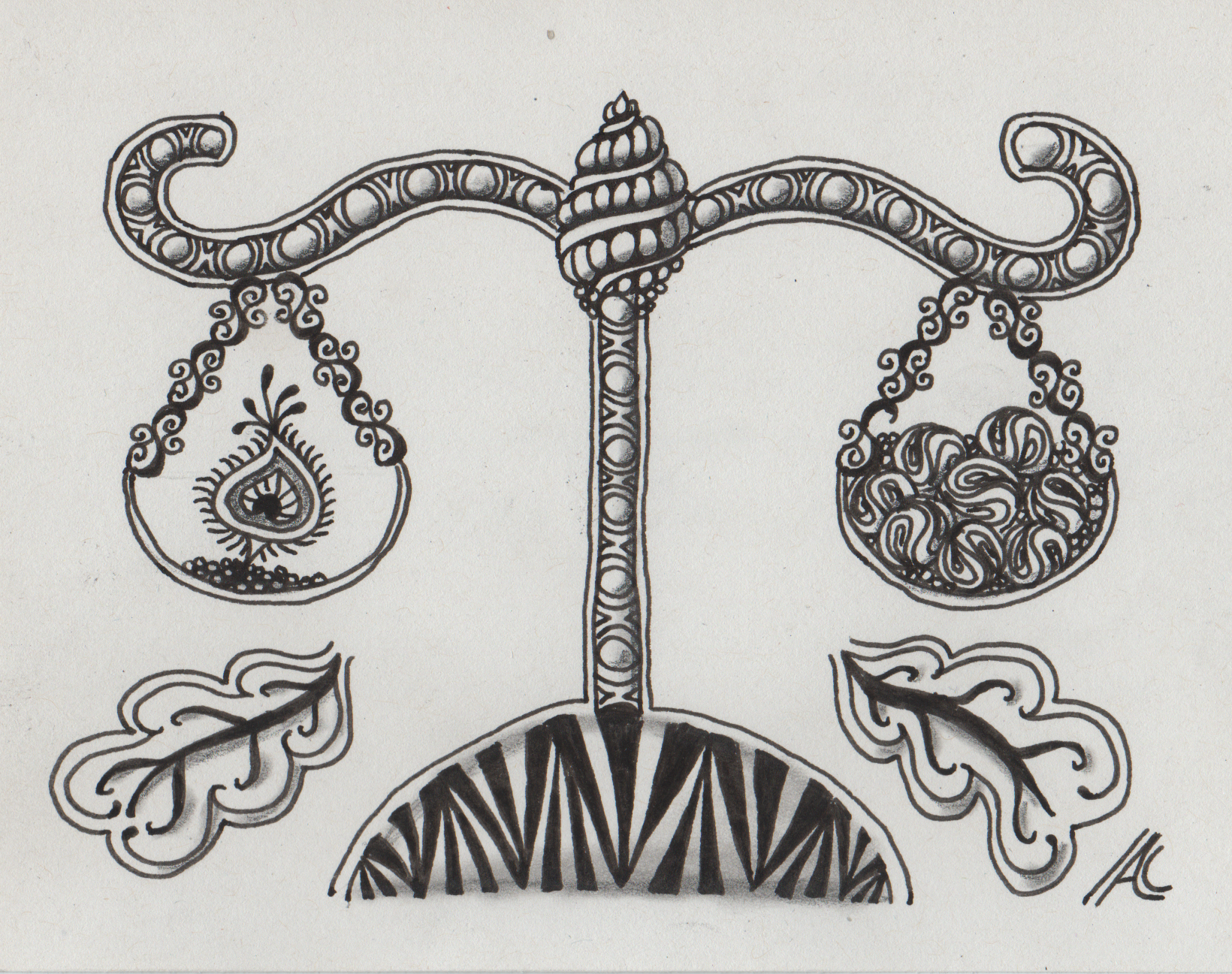This is the Samhain post in my series about activities for the eight holidays throughout the wheel of the year. Around the 1st of November, we are now in the middle between the autumn equinox and the winter solstice.
In 2020 I wrote a blog post about this holiday. There are a few traditional threads that weave through it all:
- Halloween
- All Souls’ Day
- All Saints’ Day
- the Celtic feast Samhain
- the Mexican Day of the Dead
- the Germanic Álfablót
- killing off surplus herd animals and preparing for the dark season
My thoughts about this day crystallised into the following main themes: Letting go as an empowering experience, transformation, composting old ideas, resilience and finding your strong roots and solid backbone, celebrating your genetic ancestors as well as the metaphoric ones, resting, mourning and thinking about what you want your own legacy to be.
In the following paragraphs you will find suggestions that may help you experience these themes more tangibly, also some descriptions of my own activities and experiences. I will keep adding new thoughts and ideas in the future.
You can find another perspective and additional insights into this time of year in one of the Samhain podcast episodes of “The Wonder”.
Venturing outside
The 21st of September kicked off autumn‘s colourful phase. Now we enter the next stage and a lot of the leaves are already on the ground. Part of them still rustle enthusiastically but a lot of them have turned into mush not remotely reminiscent of summer.
I have seen and heard some flocks of geese starting their southbound trek. Unfortunately, at those times I had forgotten to bring my camera with me. On those occasions I had it, there were no geese to be found ready to pose for a picture.
The forests nearby are still quite colourful. A few trees really are completely bare, some are sporting a few dry and dark grey leaves. A lot of the foliage is surprisingly green, just a bit muted. Depending on where I look and from which kind of mood, I see nature retreating and exhaling and at the same time dashes of colour and life bravely mobilising its last reserves. Retreat often is a slow process.
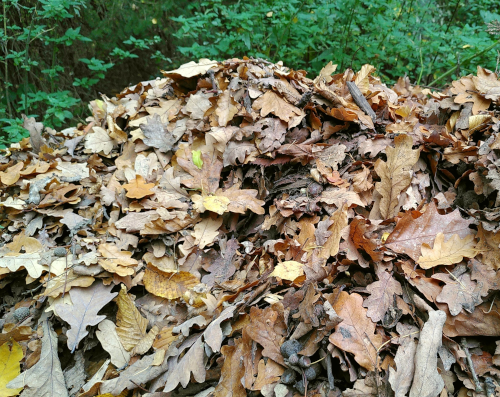
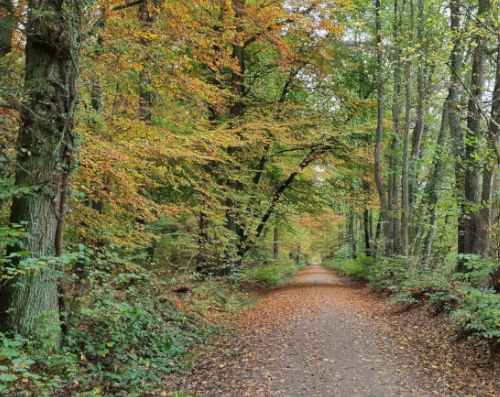
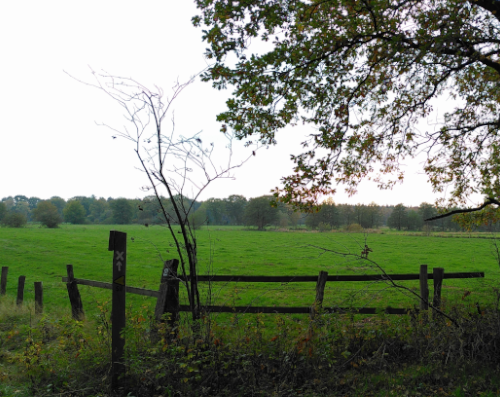
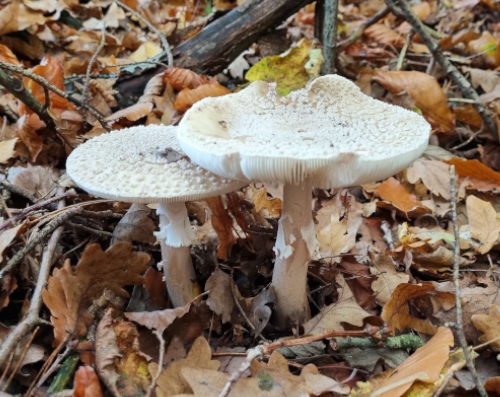
This year‘s October was another very warm one. Warm enough to be outside wearing a T-shirt on some days. The planet slowly heating up is just another kind of goodbye. Even if there is still a lot we can do to prevent the worst, the climate is not return to the way it was when I was young. Thinking about this is hard for me.
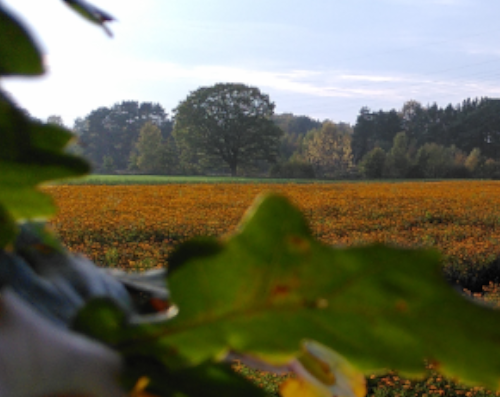

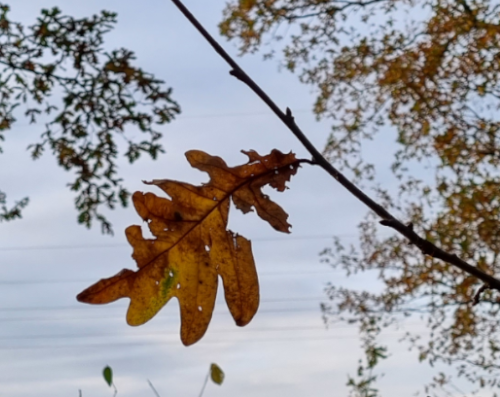


In my region it has become customary to leave deadwood to stay on the forest floor. So we can follow the slow but steady process of decay. I have always been fascinated by this calm recycling of organic matter. And either I have been paying special attention or there are just very many mushrooms this year, some of them also past their prime by now.
What about your region around the 1st of November? Are the trees still green and full of leaves? Or has nature proceeded even further towards the dark season? Can you see the signs of transience around you?
Gardening
I really should pull myself together and start winterising the garden. Let go of the hope of a successful cauliflower harvest and at the same time look back at what went well.
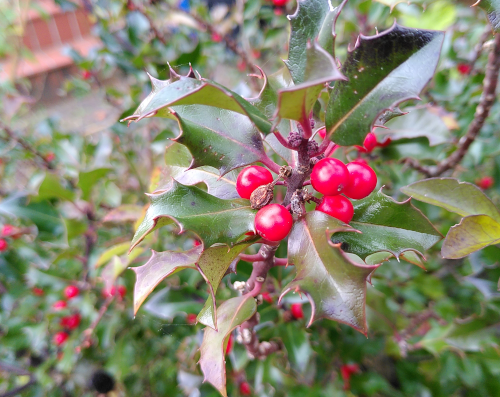
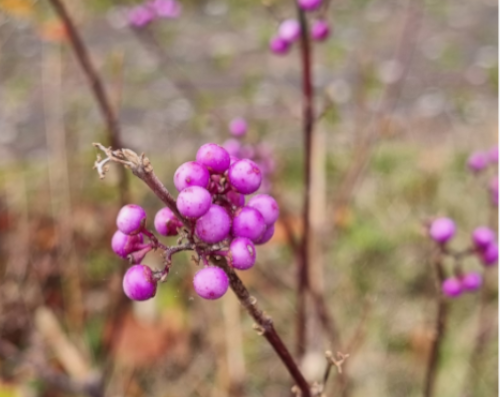
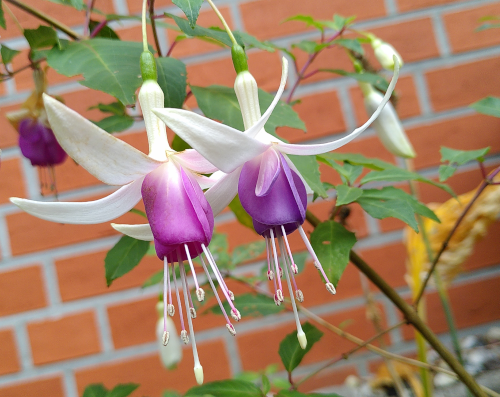
Every year I am surprised by the resilience of some of the flowers in my garden. After surviving the snails and slugs during summer they are now offering their last hurrah.
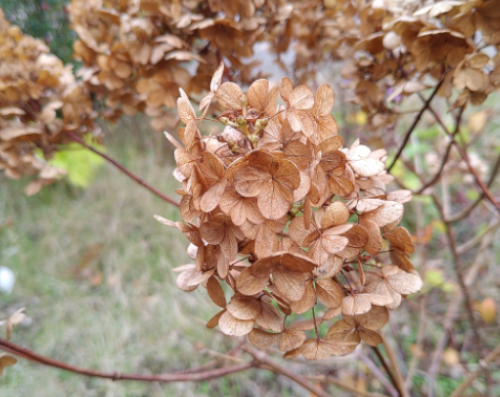
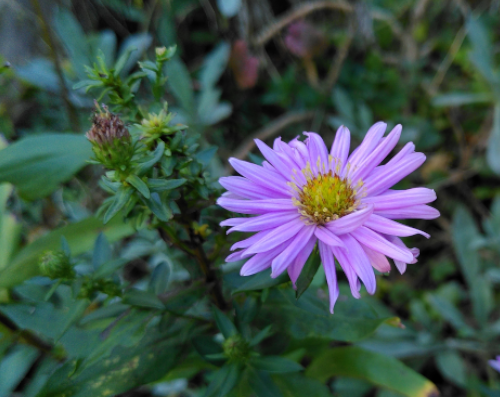
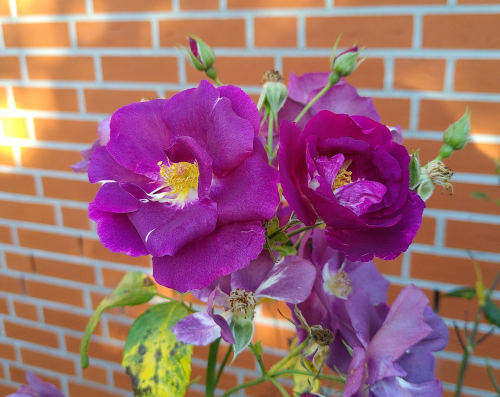

You can find advice on gardening in November here and here. Of course when exactly you have to do certain tasks depends on the region you live in.
What is the current state of your garden, balcony or windowsill? Which plants have already started decaying? Where can you still see the odd dash of colour? Have you already winterised your garden?
Meditating
Apart from my own meditation, there is a broad variety of other choices to be found online, covering different styles and durations. I would suggest the search terms “Samhain“, “letting go“ or even “death“ in combination with “meditation“. There are also yoga flows suited for the occasion, some very fun ones by Adriene Mishler. Another option would be to create a fitting atmosphere and just quietly meditate on one or more of the themes of the day.
Getting creative
To celebrate the season around the 1st of November, I looked for and found crotchet patterns to make skulls. To me these little amigurumi are fitting for the season and also just adorable.

A couple of years ago I crocheted a scarf with a skull pattern. It took quite a while but it was well worth the effort. This pattern can be adapted for differently shaped objects for different uses and will also look great in white or even other colours.
Now that autumn is in full swing, why not make an old-fashioned paper kite? Or a lantern to take on a walk outside or to place in your home?
Another fitting crafting project could be to gather some family photos and arrange them in a collage on the wall or on your focus. Or you could create a family tree without pictures, including actual relatives as well as other people you stand on the shoulders of.
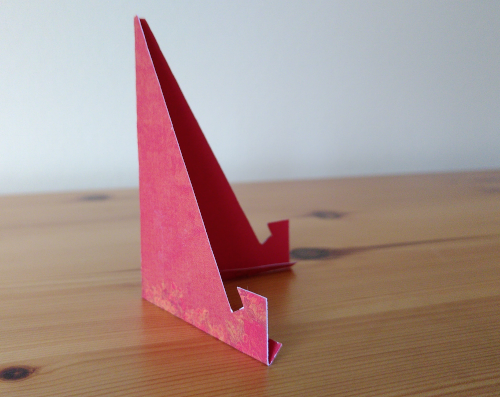
I made a mini cardboard easel for my focus. With this I can present different pictures throughout the year. I followed these instructions originally meant for making a phone stand. Over the course of the following year I created a new picture for each holiday to put on the easel.
Listening to or making music around the 1st of November
For the 1st of May there is an overwhelming list of songs about love and weddings. There seems to be almost as much music centered on death and goodbyes.
When looking for classical music for the 1st of November, we probably all know Chopin’s funeral march, which sounds measured and melancholy, reminding us of a cinematic funeral scenes. Fanny Mendelssohn’s November is also mournful and at the same time dignified and elegant.
Tori Amos is looking forward towards her days as a „Happy Phantom“. She optimistically envisions the kinds of pranks she will play and how many happy moments this type of existence will provide. The German band “Die Ärzte” present the life of a zombie in a similar way in their song „Pro-Zombie“.
Art Garfunkel is much less upbeat with his ballad „Bright Eyes“. He asks:
„Bright eyes, burning like fire
Art Garfunkel
Bright eyes, how can you close and fail?
How can the light that burned so brightly
Suddenly burn so pale?“
Taylor Swift’s “Marjorie” pays homage to her late grandmother. She revels in the memories of their shared experiences and words of wisdom. Even though they are no longer together, an important part of her grandmother is still with her.
“If I didn’t know better
Taylor Swift
I’d think you were still around
What died didn’t stay dead
What died didn’t stay dead
You’re alive, you’re alive in my head”
With “Tears in Heaven“, Eric Clapton shares his grief for his son who died at a young age. He also sings about the strength he has to find to carry on.
The metal genre revels in the morbid and the exploration of the dark. One well known classic is Iron Maiden’s „Fear of the Dark“ describing the feeling of some unnamed presence always hanging around close by.
Bloodywood’s „Yaad“ on the other hand is about grieving the loss of a loved one, even though this does not always have to be a human being, as can be seen from the video.
Another band even chose the very fitting name Evanescence. Their song „My Immortal“ is about the breakup of an unfortunate relationship and the inability of the protagonist to let go.
My list for this holiday includes two tracks from children’s movies. Of course the first of them has to be „This is Halloween“ from „Nightmare before Christmas“. The inhabitants of Halloween Town may look scary and enjoy startling humans by jumping out from underneath their beds. However, this is all meant in good, lighthearted fun. It just is what it is.
The second song is „Let it Go“ from Disney’s „Frozen“. In this film, the protagonist Elsa overcomes her internal resistance and lets go of expectations of who she should be. This also touches on the topics of this day in my opinion. Letting go can be uncomfortable and is thus often unpopular. On the other side of it, you will find freedom with a level of intensity that personally still makes tears stream down my face when I listen to this song.
Reading
During this time of contemplation and introspection it may be time to flip through those old photo albums again or maybe read some old letter. Even though one of the themes is letting go, a bit of nostalgia can complete the experience.
You can count on Terry Pratchett to also have written a Discworld novel matching the mood of the 1st of November. „Mort“ is about the personification of Death choosing an apprentice who gains a brand new perspective on human mortality and the questions of justice and inevitability that come with his new job.
Do not stand
Clare Harner
By my grave, and weep.
I am not there,
I do not sleep—
I am the thousand winds that blow
I am the diamond glints in snow
I am the sunlight on ripened grain,
I am the gentle, autumn rain.
As you awake with morning’s hush,
I am the swift, up-flinging rush
Of quiet birds in circling flight,
I am the day transcending night.
Do not stand
By my grave, and cry—
I am not there,
I did not die.
Harner talks about what happens with what we are made of after we die. What really matters is never gone. And we can take comfort in being surrounded by nature and our memories of those we had to let go.
On the other hand, in her “Blessing for the Brokenhearted“, Jan Richardson advocates for acknowledging feelings of loss and sadness. Even though death is a part of life we do not have to toughen up and deny our emotions. Resilience is not about denial but about looking at things honestly and still going on with our lives.
Let us agree
Jan Richardson
for now
that we will not say
the breaking
makes us stronger
or that it is better
to have this pain
than to have done
without this love.
Let us promise
we will not
tell ourselves
time will heal
the wound,
when every day
our waking
opens it anew.
Perhaps for now
it can be enough
to simply marvel
at the mystery
of how a heart
so broken
can go on beating,
as if it were made
for precisely this—
as if it knows
the only cure for love
is more of it,
as if it sees
the heart’s sole remedy
for breaking
is to love still,
as if it trusts
that its own
persistent pulse
is the rhythm
of a blessing
we cannot
begin to fathom
but will save us
nonetheless.
Finally, Rupi Kaur suggests celebrating death as the culmination of a life that she enjoyed on her own terms:
when i go from this place
Rupi Kaur
dress the porch with garlands
as you would for a wedding my dear
pull the people from their homes
and dance in the streets
when death arrives
like a bride at the aisle
send me off in my brightest clothing
serve ice cream with rose petals to our guests
there’s no reason to cry my dear
i have waited my whole life
for such a beauty to take
my breath away
when i go let it be a celebration
for i have been here
i have lived
i have won at this game called life
Food for the 1st of November
Fliederbeersuppe is a recipe from Northern Germany. It is a sweet soup made from elderberries, served with semolina dumplings. With its colour of dark red, almost black and the white dumplings it is perfect for celebrating the dark season. Also I love that it combines earthy and bitter tastes with softness and sweetness.
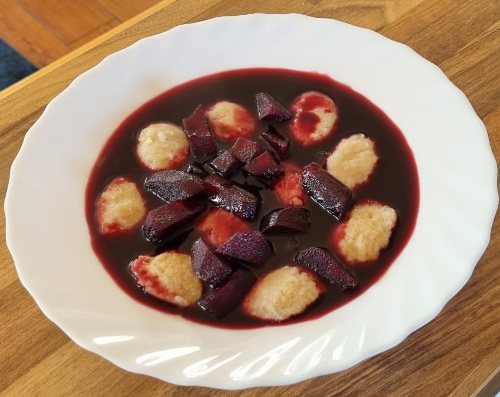
Asking questions
These are the questions that might be helpful to ask yourself or the oracle of your choice around the 1st of November:
- Which traits did you inherit from your ancestors?
- Whose shoulders are you standing on?
- What does knowing you came before you have to do with your personal roots?
- What is going to be your legacy, literally and metaphorically?
- What would you have liked to keep, what are you grieving for?
- What is easy for you to let go of?
- In which area are you waiting for the autumn storm to make decisions for you and to make letting go easier?
- Which parts of yourself do you feel are particularly resilient?
- Who are you at you innermost and indestructible core?
- What is your general relationship with transforming what you have become used to into compost for the future?
- Which part of humanity’s history makes you particularly grateful?
- Which projects have you invested energy in time in this year and which have come to a close now?
Focussing on your most important insights
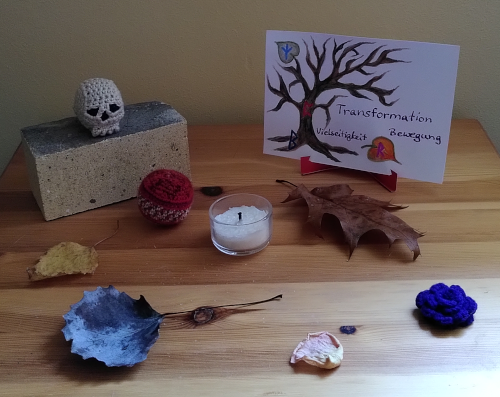
What are your main answers to the questions above? Which poems, quotes or pieces of music do you find most relevant to the mood of the days around the 1st of November? Can you condense the most salient messages into a symbol or a word? Did you find an object outside in nature that you want to be present on your focus?
Do you have a tradition for this time of Halloween, Samhain or All Saint’s? Have you already sorted what projects of the past you want to dissolve and recycle for the future? How do you feel about the subject of mortality?
The next date in the Wheel of the Year is the 21st of December. You can find more articles around the Wheel of the Year on my blog.
